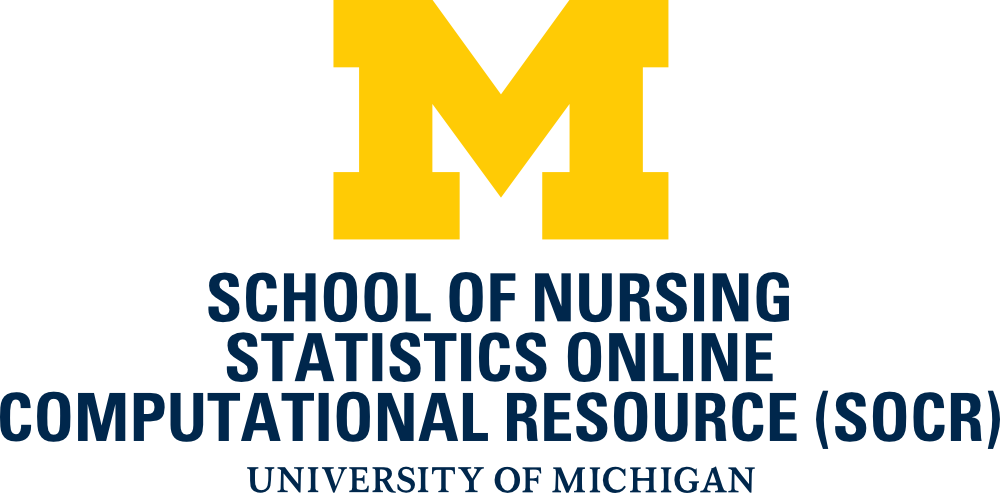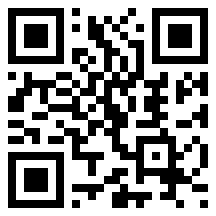Patents
The following Prof. Dinov's patents are awarded in multiple global jurisdictions (e.g., US, AU, EP, WO, JP, SG, CA, CN). Publications » Research »
Electronic Medical Record DataSifter
This patent disclosed the development of an innovative technique for desensitizing sensitive data, such as human electronic medical data. The method supports generating synthetic digital-twin datasets that resemble the real human data, where individual cases are altered, but the utility of the entire data archive is preserved. This statistical obfuscation method desensitizes the original data by an iterative stochastic approach that models the joint distribution of all observed data characteristics. The technique preserves the information-content (i.e., protection of data value and utility) and reduces the risk of subject or participant reidentification in the generated complete instances of the corresponding synthetic data digital twins. This patent is exclusively licensed by U-M to a biomedical startup, GrayRain. (US10776516B2, Granted 2020-09-15)
Three-dimensional Cell and Tissue Image Analysis for Cellular and Sub-Cellular Morphological Modeling and Classification
This patent disclosed an automated, efficient, and effective technology for high-throughput specimen collection, image acquisition, data pre-processing, computation of derived biomarkers, modeling, classification and analysis of cancer biopsy samples. This end-to-end protocol provides rapid, reliable, and reproducible analytics of oncology biospecimen and supports clinical diagnosis, prognosis, treatment tracking, and decision-making based on quantifying 3-dimensional cellular morphometry. The technique relies on advanced mathematical modeling of the shape of the cell-membrane and subnuclear organelles. The novelty of the method is rooted in the reconstruction of the boundaries of 3-dimensional subcellular regions using parametric manifolds. The reconstructed manifold boundaries are used to obtain derived morphometric measures of normal and pathological cellular shape. These derived metrics are used to build highly parallel pipeline workflow protocols capable of jointly tracking thousands of cell samples and quickly segregating cancerous and normal cells. This patent is exclusively licensed by U-M to another startup, Phenomics Health. (US10915729B2, Granted 2021-02-09)
Adaptive Radiotherapy Clinical Decision Support Tool and Related Methods
This patent discloses a novel artificial intelligence method for training a machine learning model of radiotherapy environment. This radiotherapy AI model includes a transition function configured to predict a next treatment state for each cancer SEER stage and for each proposed radiation treatment dose. This radiotherapy outcome estimator model utilizes multiple artificial neural networks and logistic loss functions to forecast the likelihoods of various clinical outcomes. A reinforcement learning reward function adjusts the reward for each outcome state based on the expected treatment outcome probabilities. This radiotherapy model is used as a clinical decision support system in research and translational oncology s tudies to provide evidence-based, automated, and holistic assessment and treatment planning of cancer patients. This patent is licensed by the Moffitt Cancer Center. ( WO2024064953A1, Published 2024-03-28)

